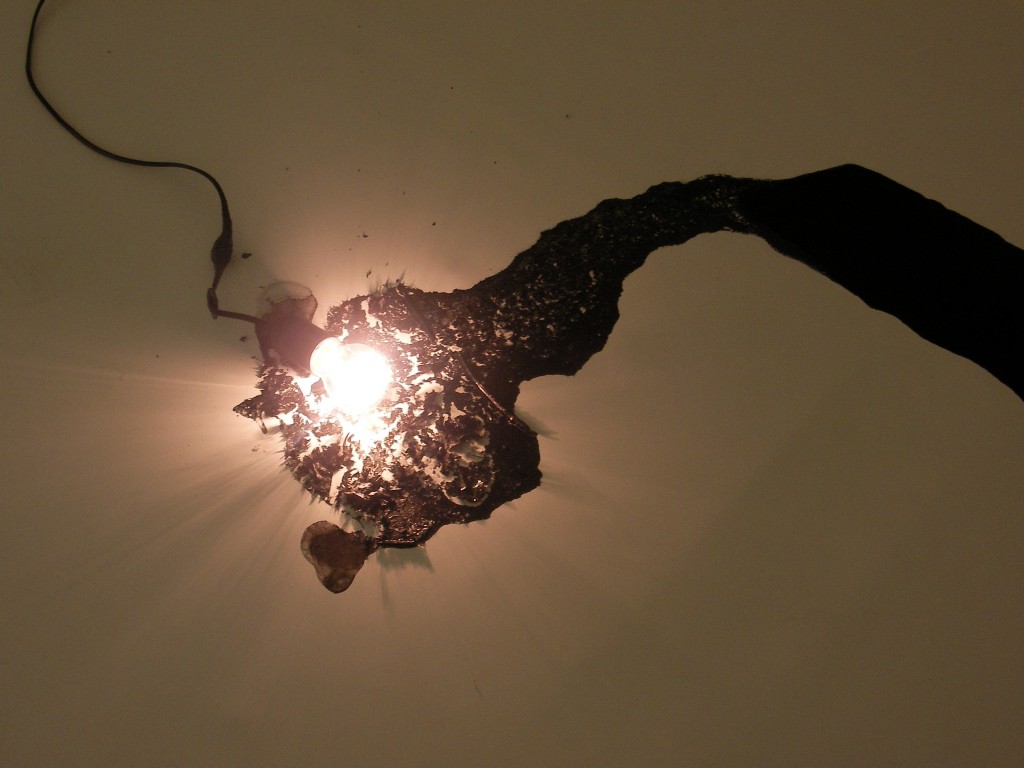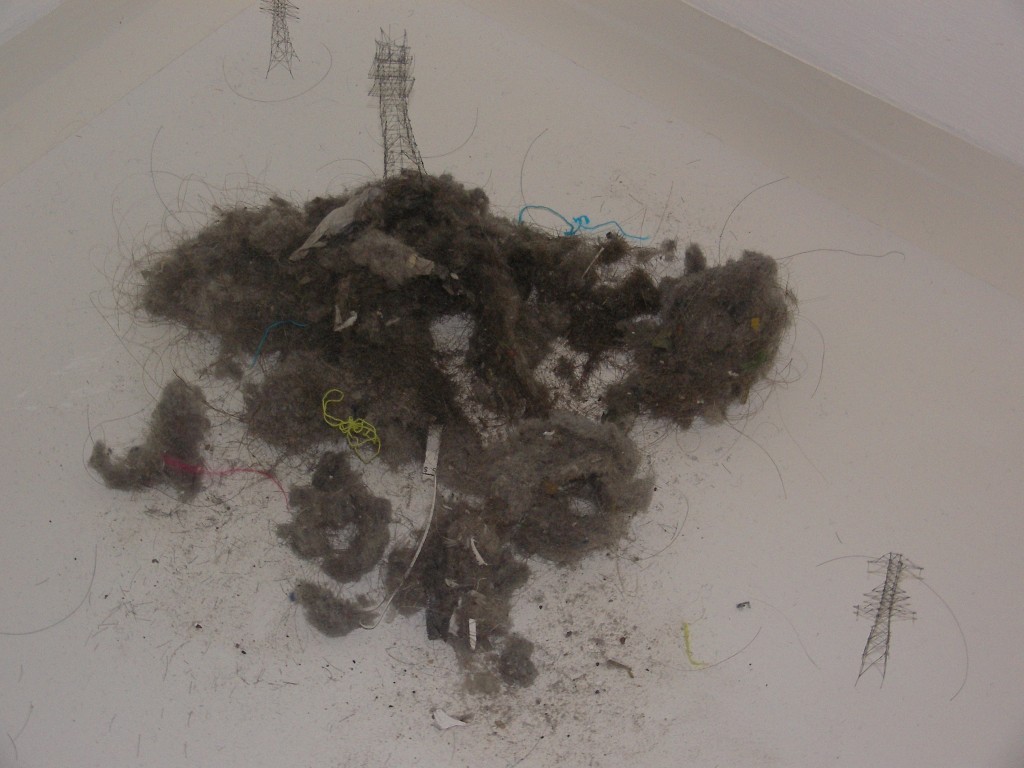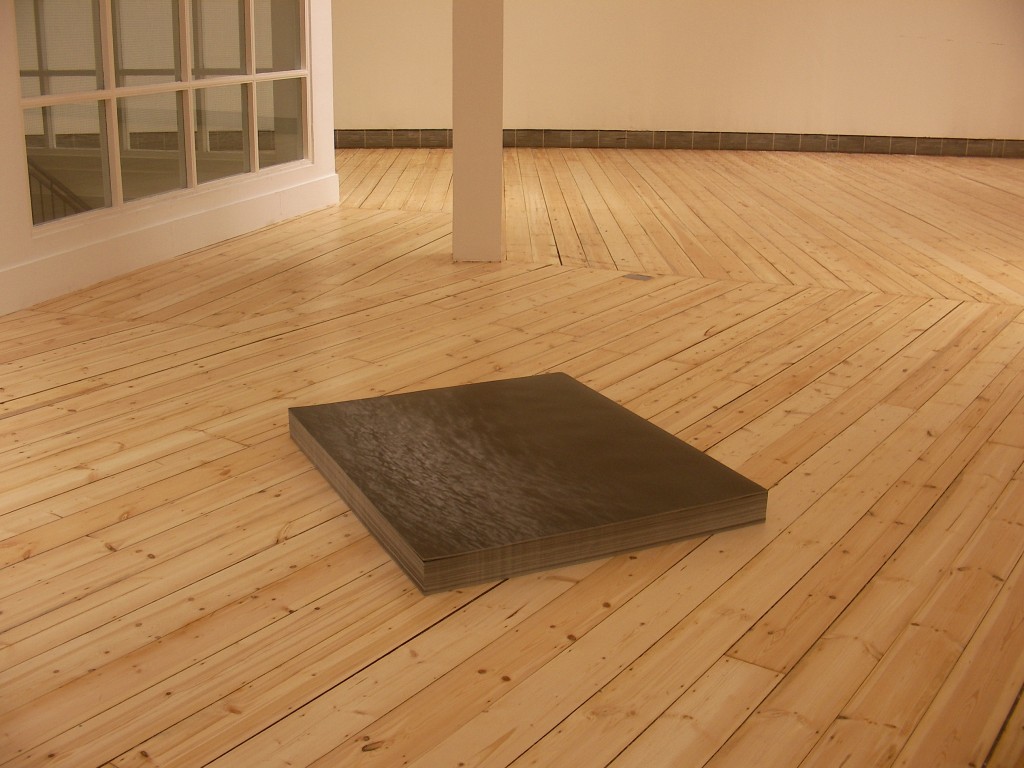I have been running Curating.info as a free resource for curators of contemporary art since 2006. It was borne out of a “why not” attitude towards sharing and openness, since I was compiling research on curating anyway. I also thought it would help me make my research more rigorous, as writing on this blog during my Master’s thesis did. A few years later and Curating.info is getting fan mail and picking up a lot of attention. Today I’m able to easily recruit four fantastic interns to share the burden and we have nearly 5000 fans on Facebook. The question was what to do next with this great platform. With thousands of people paying attention, what can you do and what should you do?
I had a vague idea that I’d like to create a Curating.info Scholarship, part funded by donations from the Curating.info community (that I had, thus far, never directly asked for any money) and could think of several good curatorial Master’s programmes that would benefit from a scholarship in place. I went to the IKT Congress in Luxembourg this year, and in the cavernous and highly atmospheric basement of the Casino Luxembourg, ended up chatting with Sally Tallant, Head of Programmes at London’s Serpentine Gallery. Sally, who as it turned out knew and loved the site, listened as I tipsily described the nascent plan for the Curating.info Scholarship. “But why not do even more?” was her response. “Make it an experience in a gallery you love and trust, something where people can get real experience. There are already loads of scholarships out there.” Immediately I saw how right she was, and changed course accordingly. My first thought was to partner with the Centre for Contemporary Arts (CCA) in Glasgow, in part because it’s a great institution and a fellowship would fit with its ethos, and in part because its Director, Francis McKee, is both a visionary and a highly trustworthy person. Francis was onboard, and so it was born: the Curating.info Fellowship in collaboration with the CCA in Glasgow.
The Fellowship is a chance for an individual to conduct curatorial research and produce an exhibition at the CCA. The Fellow will work at the CCA four days per week over the six month fellowship, developing a curatorial project or body of curatorial research. Fellows will be paid a flat fee of £8,000. Ideal candidates for the Fellowship are emerging or mid-career curators who can demonstrate passion and fresh thinking in curating and writing about contemporary art, and who have a vision for what the role of the curator means today.
The deadline for applications is October 21, 2011. Applications will be judged by Francis McKee, Sally Tallant, and myself.
We’re really excited about it. I hope you will spread the word, contribute to the crowdfunding campaign, and apply to be our first Fellow.
Contribute to the crowdfunding campaign here.
Apply for the Fellowship here.




